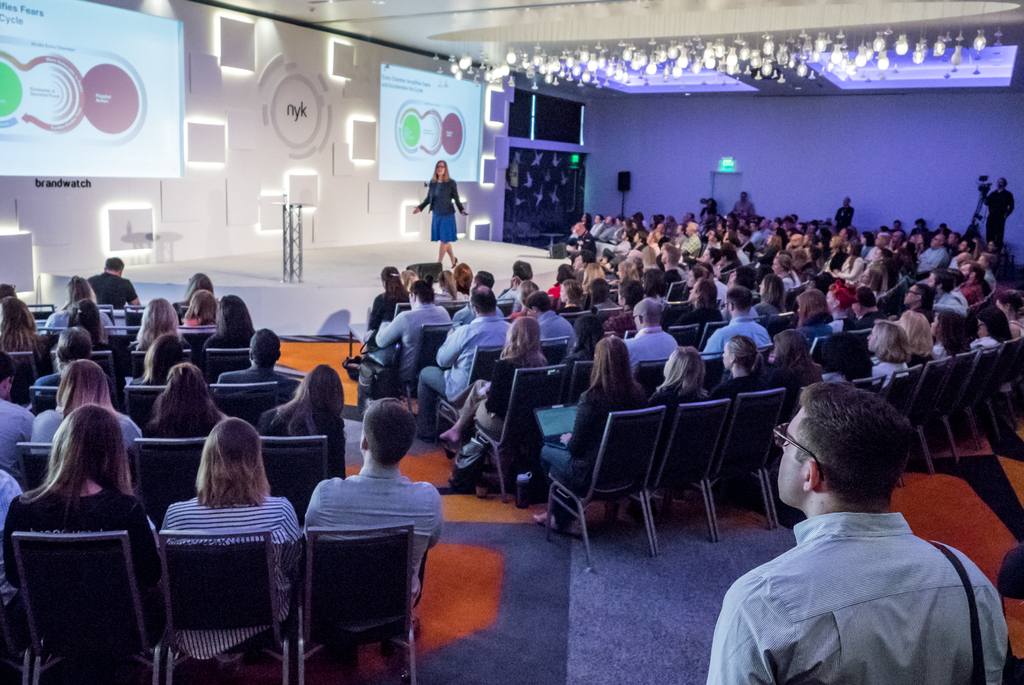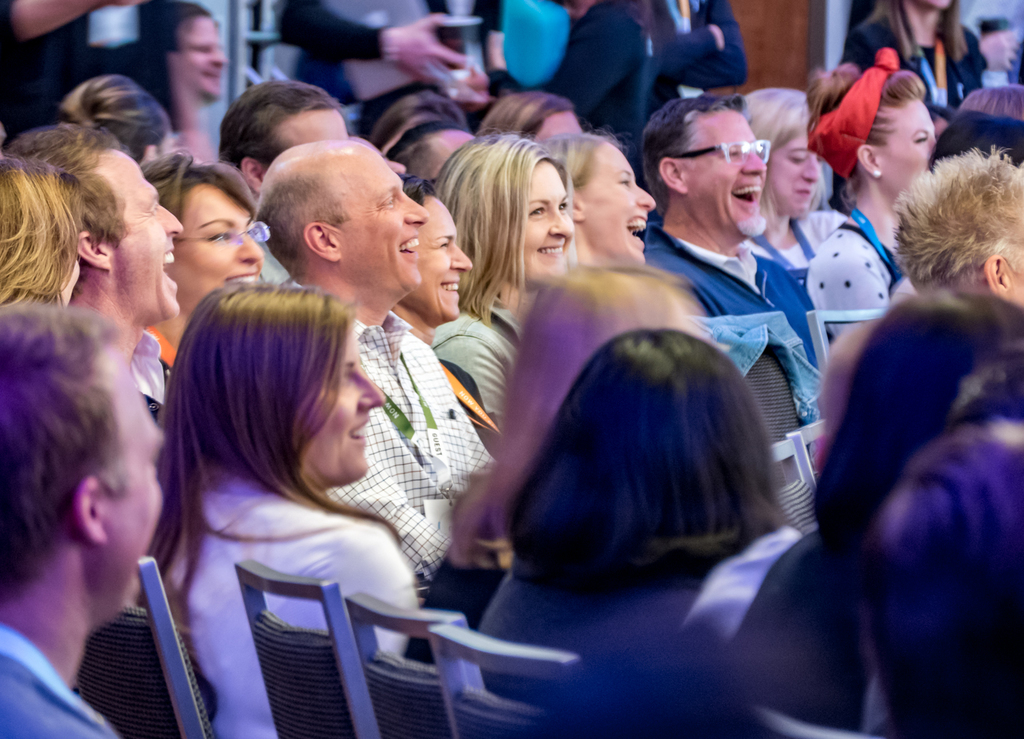20 Social Media Holidays to Celebrate This May
By Yasmin PierreApr 10
Read the practical framework for leveling up your social media team.
Published May 25th 2017
Since joining Brandwatch in the Spring of 2013 as the Events Coordinator for EMEA, I’ve seen a lot of changes take place.
The social intelligence industry has evolved rapidly, and alongside that so has our business strategy. These changes impact every part of the organization, including my area of events marketing.
We started with a very simple events strategy – on building our brand awareness. We sponsored huge marketing conferences such as DMEXCO and Social Media Week, and we also established ourselves as thought leaders in the social intelligence space with keynote speaking slots. However, it soon became clear that this wasn’t enough. We were a global business, with a growing client base – we needed to diversify and adapt.
Here are our tried and tested tips on how to evolve your events strategy in line with your business growth.

It’s essential you are aware of what you want to achieve from an event before you start the planning process. For instance, if you are looking to grow your database with names, you can attend a tradeshow event.
These normally consist of hundreds of attendees all looking for new products to use. However, these are likely to be more junior titles and not the decision-maker. In contrast, an executive dinner targeted at key titles will help you get that face time with your team and those elusive stakeholders. Also, numbers needn’t be reliant on the event turn out.
Utilizing your demand generation through emails, social campaigns and direct mailers means that you can get interactions before the event. Even if they don’t attend or convert, you can nurture them with content and webinars.
Even if they don’t attend or convert, you can nurture them with content and webinars.

If you are part of a global company you will know that each target region will need to have its own strategy. Different locations will have differing maturity levels when it comes to events.
For instance, our FR team has been establishing its presence in the market by having booths at conferences, similar to our 2013 EMEA strategy, whilst our LATAM team has grown significantly in the past three years and is now – as we go to publish – hosting the second Masterclass for clients and prospects.
It’s also important to consider that regions can be as focused states or counties.
We make sure that we think regionally when putting together on a calendar for North America especially when considering the concentration of conferences in certain areas.
Including your regional teams in this planning will assist in creating a campaign which is specifically tailored to the target audience and its maturity.
Events should not just be used for lead generation. They can be used to help your clients develop their skills and promote brand loyalty.
This can be achieved by having smaller events such as breakfasts or happy hours, featuring presentations from brand advocates, or you could also go all out and put on a user conference! These types of events include elements such as paid speakers, sponsors and external exhibitors.
Brandwatch decided in 2016 that it was time to host our first User Conference, The Now You Know™ Conference. We had seen great success with our Masterclass series but understood that our clients needed more than just training sessions from our staff.
This new format saw a greater participation from industry leaders, and a broader focus on topics that affected our clients – not just social intelligence.

Being adaptable and experimenting is essential in the events world. There are always new formats to try, whether this is your own events or those being run by external companies.
An example of this is the Hootsuite’s Connect. This event was run entirely online with virtual stands, recorded keynotes and networking with peers through chat boxes.
You shouldn’t be afraid to try a new vertical focus, location or format, it’s a necessary part of growing your strategy. Also, accept that not all event will be successful and land well with your client base. Learn from this and move forward.
Whether you are just starting on your events journey or looking to ramp up your efforts, it’s important to remember that each company is different. Make sure to tailor the events you host or attend to suit your goals.
Offering up analysis and data on everything from the events of the day to the latest consumer trends. Subscribe to keep your finger on the world’s pulse.
Existing customer?Log in to access your existing Falcon products and data via the login menu on the top right of the page.New customer?You'll find the former Falcon products under 'Social Media Management' if you go to 'Our Suite' in the navigation.
Brandwatch acquired Paladin in March 2022. It's now called Influence, which is part of Brandwatch's Social Media Management solution.Want to access your Paladin account?Use the login menu at the top right corner.